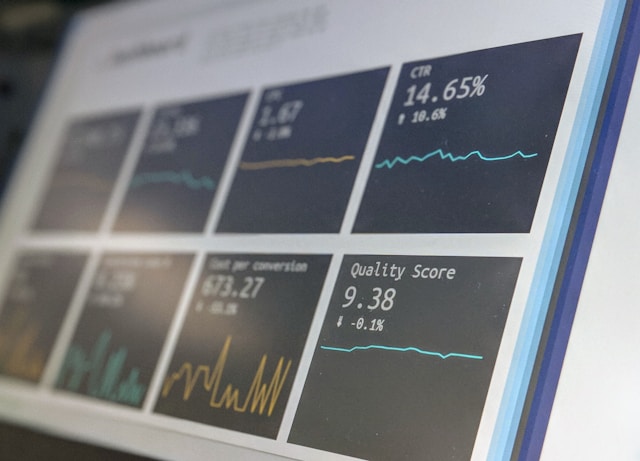Introduction
The integration of Artificial Intelligence (AI) with Real-Time Location Services (RTLS) has emerged as a game-changing technology in healthcare. However, the return on investment (ROI) can vary significantly across different healthcare settings. How do healthcare directors calculate their ROI based on their size and needs? This comprehensive analysis explores how hospitals, clinics, and long-term care facilities can leverage AI-RTLS to maximize their ROI, considering the unique challenges and opportunities each setting presents.
Hospitals: Maximizing Efficiency in Complex Environments
In the fast-paced, complex environment of hospitals, AI-RTLS offers substantial ROI potential. Large hospitals can achieve significant cost savings through improved asset management. By tracking the location and usage of expensive medical equipment in real-time, hospitals can optimize utilization rates, reduce over purchasing, and minimize the time staff spend searching for equipment. For instance, a 500-bed hospital implementing AI-RTLS for asset tracking could save an estimated $3-5 million annually through reduced equipment loss, improved utilization, and increased staff efficiency.
Moreover, AI-RTLS can dramatically improve patient flow in hospitals. By tracking patient movements and wait times, hospitals can identify bottlenecks and optimize workflows. This can lead to reduced length of stay, improve emergency department throughput, and enhanced patient satisfaction. Optimizing patient flow can increase in hospital capacity without adding beds, translating to millions in additional revenue.
Clinics: Enhancing Patient Experience and Operational Efficiency
In outpatient clinics, the ROI of AI-RTLS is often realized through improved patient experience and operational efficiency. Wait time management is a critical factor in patient satisfaction. AI-RTLS can provide real-time updates on wait times, allowing clinics to manage patient expectations better and optimize scheduling. This can lead to increased patient satisfaction scores, which are increasingly tied to reimbursement rates.
Clinics can also benefit from AI-RTLS in staff management. By monitoring patient interactions, clinics can optimize staffing levels, reduce overtime costs, and improve the efficiency of patient visits. For a medium-sized clinic, this could translate to a reduction in operational costs. Additionally, AI-RTLS can enhance infection control measures by monitoring hand hygiene compliance and patient-staff interactions, potentially reducing healthcare-associated infections and associated costs.
Long-term Care Facilities: Improving Resident Safety and Staff Efficiency
In long-term care facilities, the ROI of AI-RTLS is closely tied to resident safety and staff efficiency. Fall prevention is a major concern in these settings, and AI-RTLS can play a crucial role. By monitoring resident movements and analyzing patterns, the system can predict and prevent fall incidents. With Elopement management features, long term care facilities can ensure that patients are safe and are given the care that they need.
Staff efficiency is another area where long-term care facilities can see substantial ROI from AI-RTLS. By optimizing staff routes and, facilities can reduce labor costs while improving the quality of care. For instance, automated monitoring of residents’ locations can reduce the time staff spend on routine checks, allowing them to focus on more value-added care activities.
Tailoring AI-RTLS for Maximum ROI
While all healthcare settings can benefit from AI-RTLS, the specific areas of highest ROI potential vary. Hospitals tend to see the greatest returns in asset management and patient flow optimization, with potential annual savings in the millions for large facilities. Clinics, on the other hand, may find the highest ROI in improving patient satisfaction and operational efficiency, with the potential to significantly impact their bottom line through improved cost reductions. Long-term care facilities often realize the most substantial ROI through enhanced resident safety and staff efficiency, with the potential to dramatically reduce incidents and labor costs.
It’s important to note that the ROI of AI-RTLS is not just about cost savings, but also about revenue generation and quality improvement. In hospitals, improved patient flow can lead to increased capacity and revenue. In clinics, higher patient satisfaction can result in better retention and word-of-mouth referrals. At long-term care facilities, enhanced safety measures can be a significant marketing advantage, potentially increasing occupancy rates. Every health system needs something different and AI-RTLS acts as the catalyst that promotes growth and efficiency for any health system

